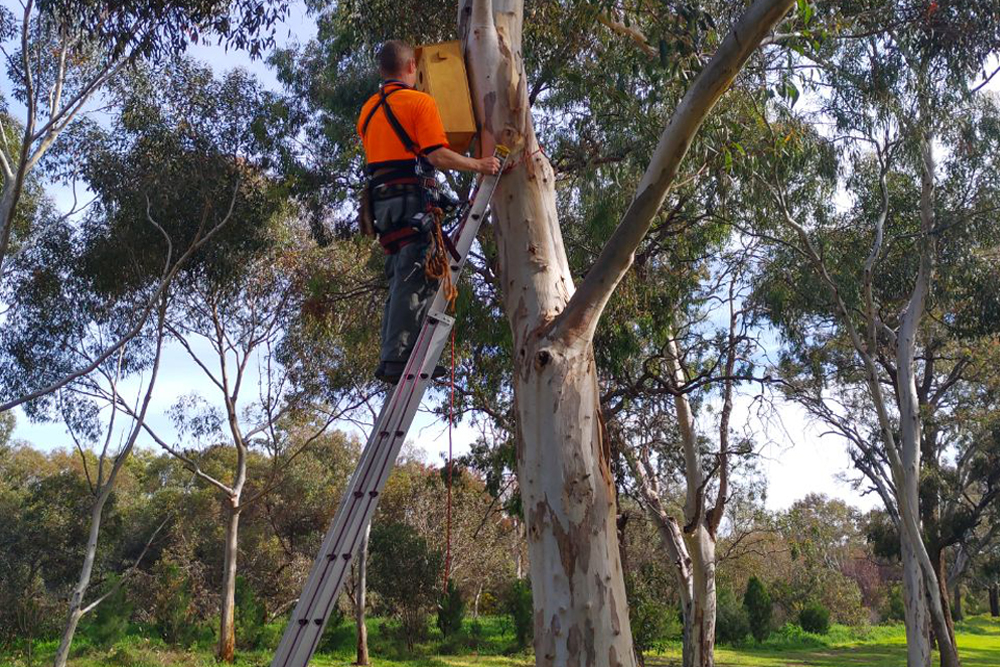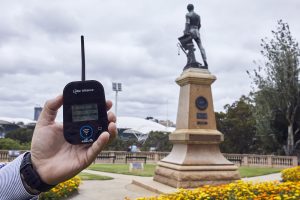– Things You Should Know About, The Internet of Things, Educause Learning Initiative, 2014
Interconnected objects can include water tanks, possum beds, playground equipment, gates and household appliances – the sky is the limit.
‘The Things Network’ provides the technical infrastructure to make the Open IoT possible. It is the first open source, decentralised piece of infrastructure to be established. It is open source because it has been created by a group of individuals for members of ‘The Things Network’ community, who contribute to its evolution, and use it for economic, social and environmental benefit, for FREE.
The key components of ‘The Things Network’ are:
- Low power sensors (devices)
- Gateways and
- A network server (ie. public TTN server)
Sensors (devices) are attached to objects to collect information from the physical environment, for example air quality, water levels, soil temperature and human/animal movements. Sensors create a bridge between the physical and digital environment and enable data to be communicated and processed in real-time.
Sensors are connected to Gateways using a low power network such as the Long Range Wide Area Network (LoRaWAN). ‘The Things Network’ is built on the LoRaWAN standard because it is long range (5 – 15kms), low power (battery life of months to years) and low bandwidth. It is also open access, meaning that unlike other proprietorial networks owned by telecommunication companies for which users must pay to access, the network is also FREE access.
LoRaWAN certified Gateways then use high bandwidth networks like WiFi to connect to ‘The Things Network’. This network removes any duplication of messages received from Gateways and selects the best Gateway for forwarding data on. Data is then accessible for end users to use in real-time. One Gateway can serve thousands of sensors.
The only components that need to be purchased to create a local ‘The Things Network’ are sensors and LoRaWAN certified Gateways, which are available at a relatively low cost. This makes ‘The Things Network’ very cost effective, but more importantly facilitates access to high quality, real-time data that can be used by individuals, organisations and communities to realise personal, social, economic and environmental goals.




